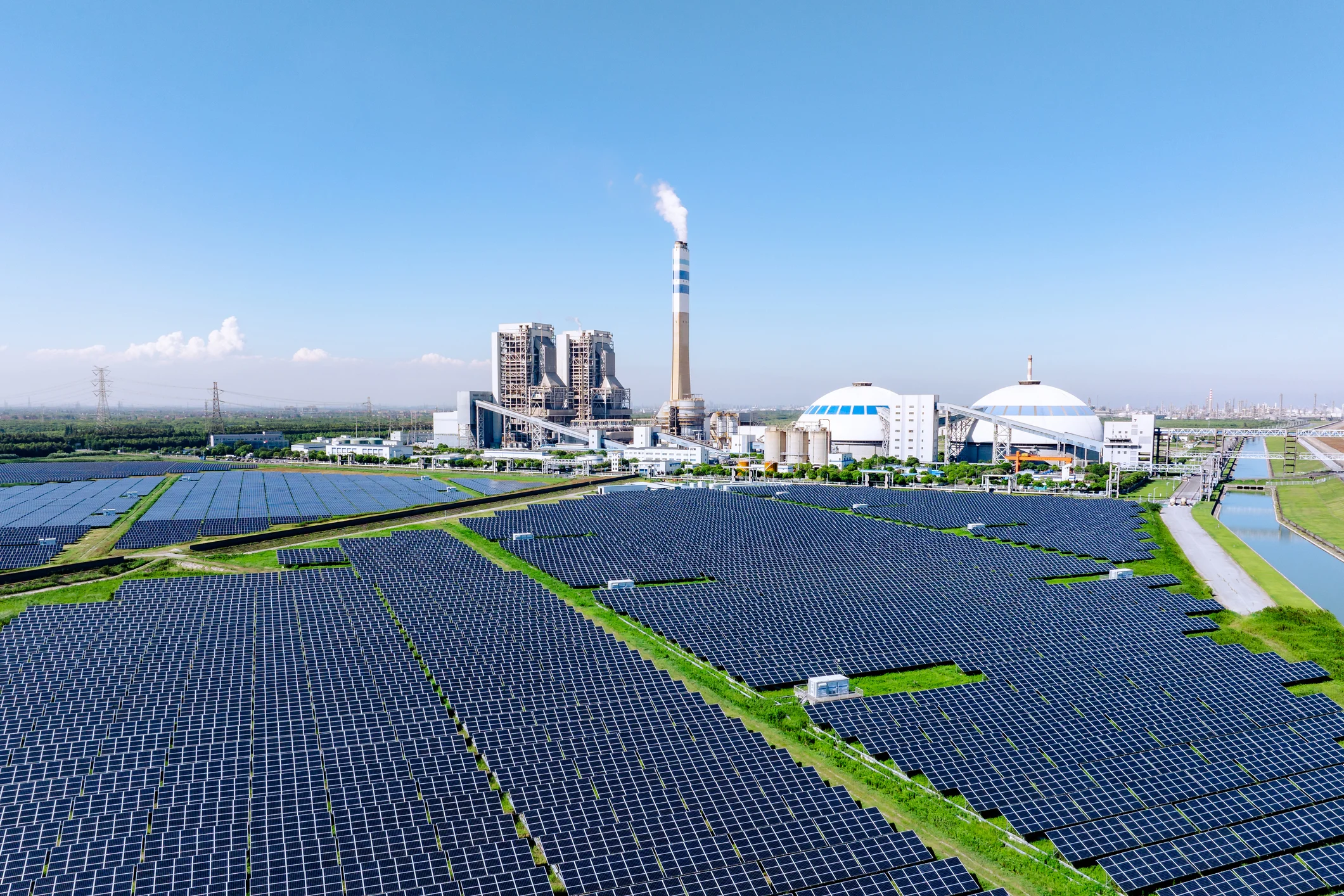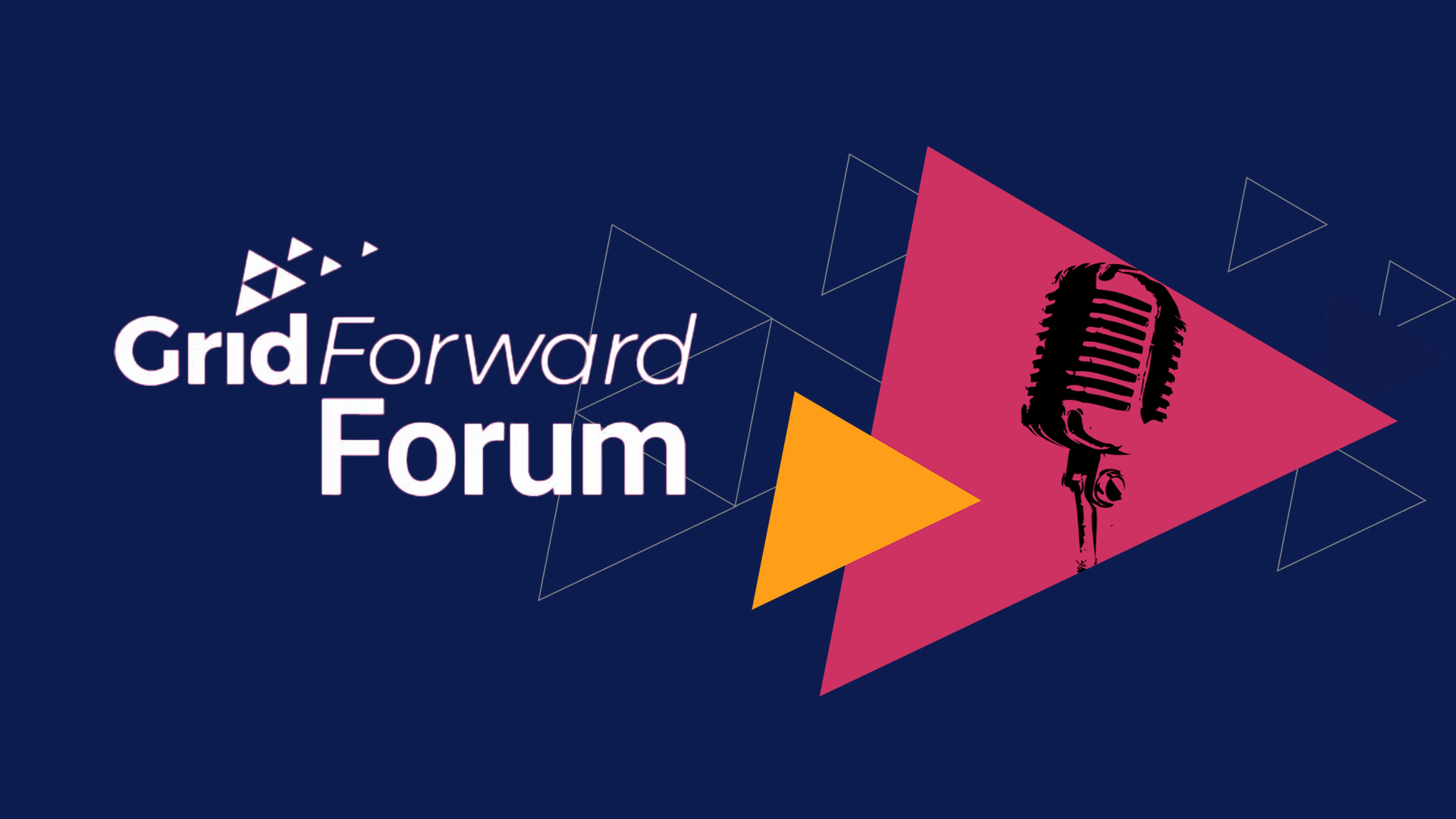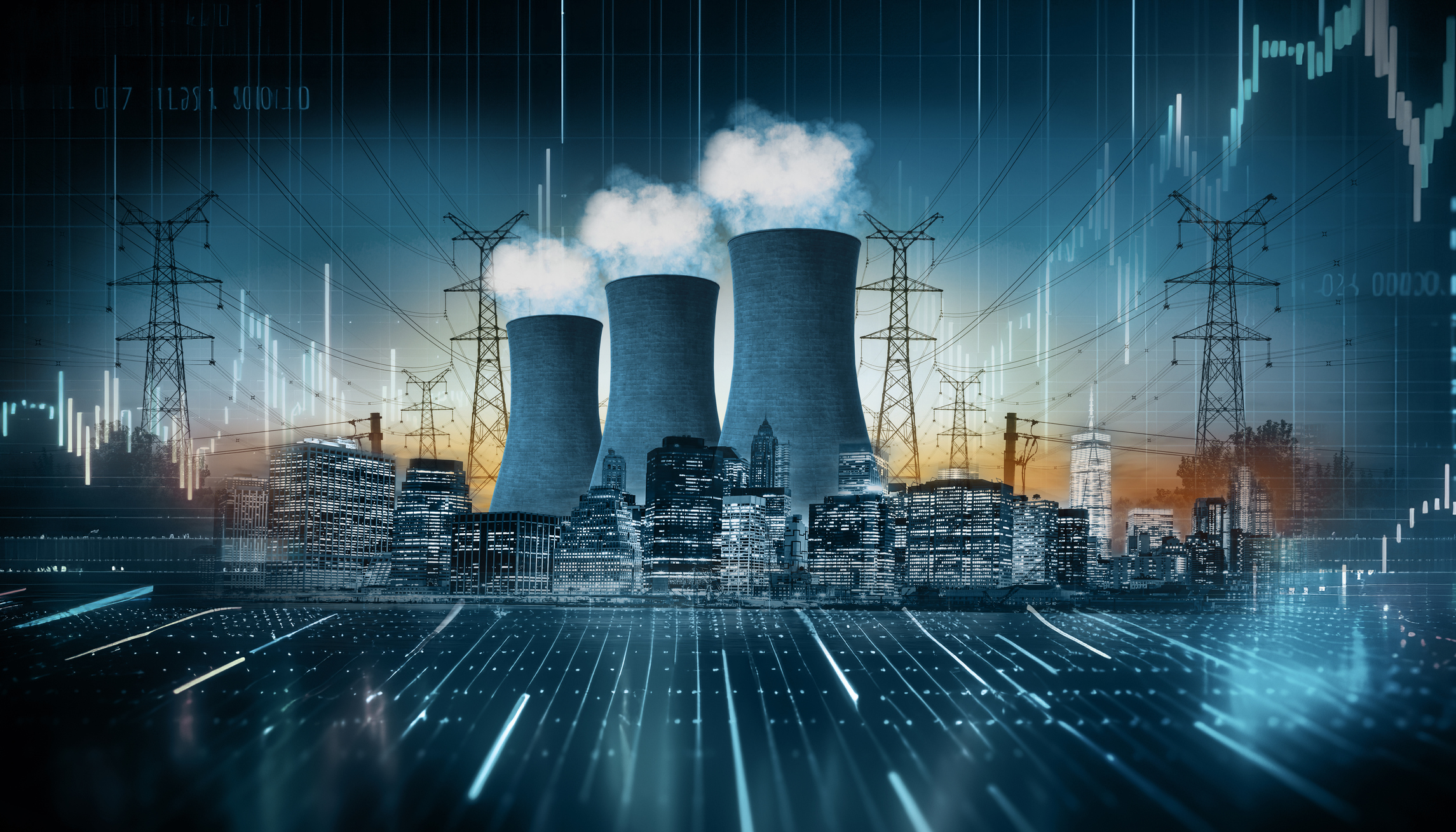Though the clean energy transition is underway, there is a need to expedite widespread change in our energy systems to head off the worst effects of climate change. New clean, large-scale energy resources, along with the requisite transmission interconnections necessary to keep up, must be built, but these clean, large-scale energy resource and transmission projects are only one piece of the puzzle. Distributed energy resources (DERs) can fill critical electricity system needs and hasten the clean energy transition, but they must demonstrate the reliability and predictability of their traditional power plant counterparts. Tools like Topline Demand Control (TDC) harness the power of distributed energy resources to be an essential pillar of a clean electricity grid. Here are three key reasons why Topline Demand Control supports the clean energy transition.
The Clean Energy Transition Must Happen Quickly
Building big power plants takes a while, and we are racing against time in the fight against catastrophic climate change. Large-scale electricity assets (not including nuclear) in the U.S. and Europe typically take four years to come online due to planning, permitting, and construction timelines, but recently the interconnection queue for energy projects has pushed timelines even further back. While large-scale renewable power plants typically have a shorter construction timeline than their thermal (gas and coal) counterparts, distributed energy resources such as smart thermostats, distributed solar, batteries, EVSE, EVs, and water heaters, can be deployed rapidly in comparison. You can walk into a store today and exit with a smart thermostat or water heater! Even more complex distributed energy resources such as distributed solar only take weeks to months to deploy. There are significant untapped demand-side resources available today in many utility service territories, and these technologies are only expected to grow in their use. They are the foundation of virtual power plants.
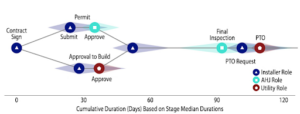
Typically, distributed solar adoption timelines take weeks-months, compared to years-long deployment timelines for large-scale grid assets
The Clean Energy Transition Must Be Affordable
Building big power plants and transmission is expensive. Much of that expense is necessary and far cheaper than the cost of unmitigated climate change. Nonetheless, distributed energy resources are affordable (even more so thanks to the Inflation Reduction Act!). Customers use their capital to purchase these devices, while utilities only need to determine the right distributed energy resource management system (DERMS). DERMS software allows utility operators to control DER assets and stand-up project teams that can manage customer engagement and enrollment, incentive management, etc.
The Clean Energy Transition Must Be Resilient
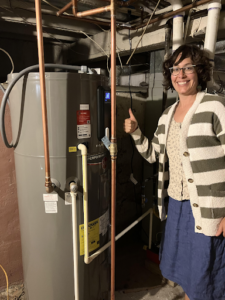
Yours truly showing off her new smart hybrid water heater: affordable (thanks to tax credits and rebates), fast (purchased and installed within 2 weeks), and controllable (adding to grid resilience).
Resilient systems do not have a single point of failure. Instead the diversity and complementarity of their parts buttresses the whole system during inevitable change and stress. In a world where electricity systems face ever more natural and human-caused stress, distributed energy resources harnessed into virtual power plants are an essential, not optional, part of an energy portfolio prepared to overcome climate adversity.
Conclusion: Moving Into the Grid Operations Control Room & How the Virtual Peaker Platform Can Help
Grid operators have a tough job keeping the lights on 24/7, 365 days of a year. They depend on predictable and reliable energy resources to accomplish this task. This has previously been, and often still is, a critique of demand-side resources. Yes, there may be some value in them, but exactly how much and for how long? Fortunately, Topline Demand Control takes the guesswork out of predicting demand reduction value by enabling grid operators to call upon and count on a precise amount of capacity for demand response. Topline Demand Control makes distributed energy resources as controllable as a gas turbine generator, but faster and at a much lower cost to utilities and ratepayers. With that level of controllability, grid operators have another, essential tool in their belt to balance the grid and advance the clean energy transition.


